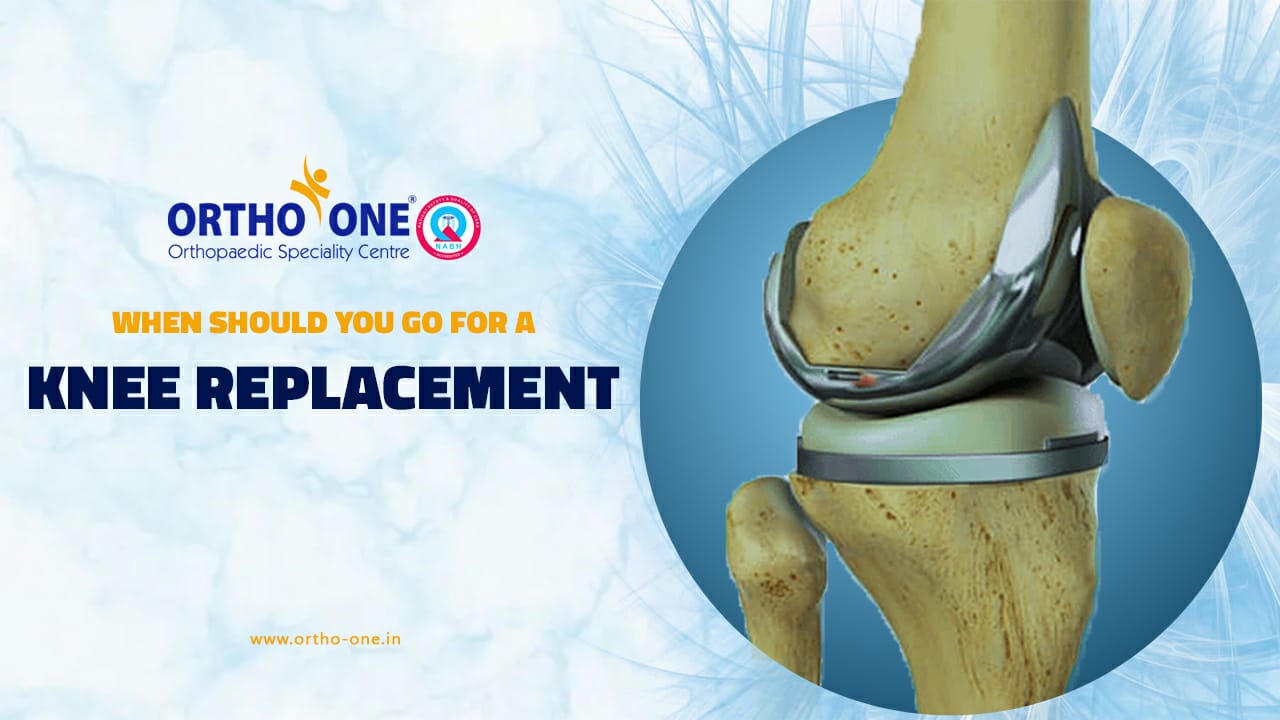Knee pain can be the most frustrating condition that can hamper one from leading a normal life. Such conditions require a very cautious and tailored approach. There are many surgical and non-surgical ways to treat a knee injury, but there comes a time when a knee replacement becomes the best option for regaining mobility which can aid in improving the quality of life. However, understanding when to go for a knee replacement is a very important decision that needs to be made.
What is Knee Replacement Surgery?
Through knee replacement surgery, damaged or worn-out knee joints are replaced in part. The procedure aids in improving knee function and reduces discomfort. Damaged bone and cartilage are rebuilt during the procedure with metal and plastic components.
It is important to know that a knee replacement is not an option for early knee pain. A surgeon will be in a better position to tell if a knee replacement is needed or not. The surgeon examines your knee’s strength, stability, and range of motion in order to get a better understanding of the condition. X-rays are used to assist determine the level of damage.
From the Doctor’s Desk on Knee Pain and Knee Replacement Surgery
Dr. P. Yuvarajan, an expert at Ortho One Orthopedic Speciality Center, sheds light on knee pain and when the need for surgical intervention arises. The knee joint is a complex structure that constitutes both bone and soft tissue. Dr. Yuvarajan emphasizes that soft tissue pathologies in patients can often be managed without surgery. These pathologies may involve issues with the meniscus, ligaments, collateral ligaments, or even hip joint pain. In such cases, non-surgical treatments are advised, such as medication and physiotherapy.
However, if the pain persists despite conservative therapy, further evaluation is necessary to identify the root cause of the knee pain. Even if the specific reason for the pain is apparent, patients need to understand that knee pain won’t magically disappear with medication alone. Regular follow-ups are a must so that we can monitor the progress.
During the initial consultation with a doctor, typically, an X-ray and blood investigations are conducted to determine the cause of the knee pain. In the first session, patients are usually prescribed medications and physiotherapy. Then follow-up appointments, scheduled at intervals of 2 to 3 weeks depending on the patient’s needs, allow the doctor to assess progress.
If, in the second follow-up, the pain has completely subsided, patients can continue with medical treatment and physiotherapy. However, if pain persists despite the treatments further investigation would be conducted to identify the source of the pain. Even when the knee joint’s cartilage appears normal in tests, an MRI can reveal tears or damage to the joint. In such cases, minimally invasive arthroscopic procedures are conducted to address the issues.
It’s important to bust the myth that all cases of knee pain require surgery. In reality, approximately 70% of patients with early knee pain present with issues related to soft tissue rather than cartilage problems. These patients are initially managed non-surgically. The decision to proceed with surgery is made based on various factors, like the presence of deformities or significant bone changes seen in X-rays.
Advanced arthritis, characterized by a lack of space between the thigh bone and leg bone, may indicate the need for surgical procedures, such as partial or total knee replacement. Thus, the decision for surgery is based on a combination of clinical, radiological, and symptomatic criteria.





